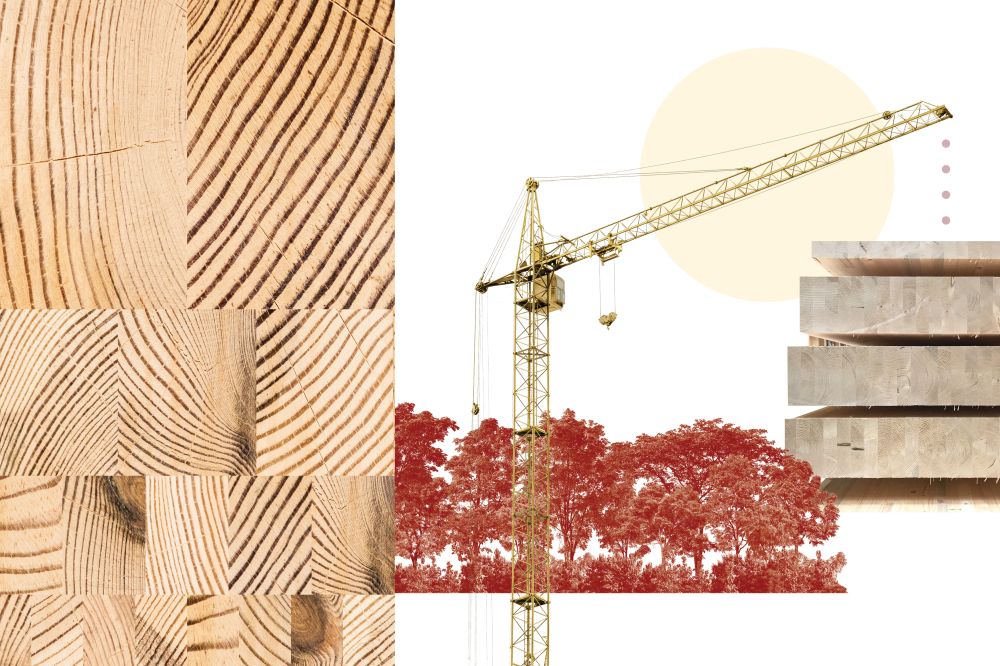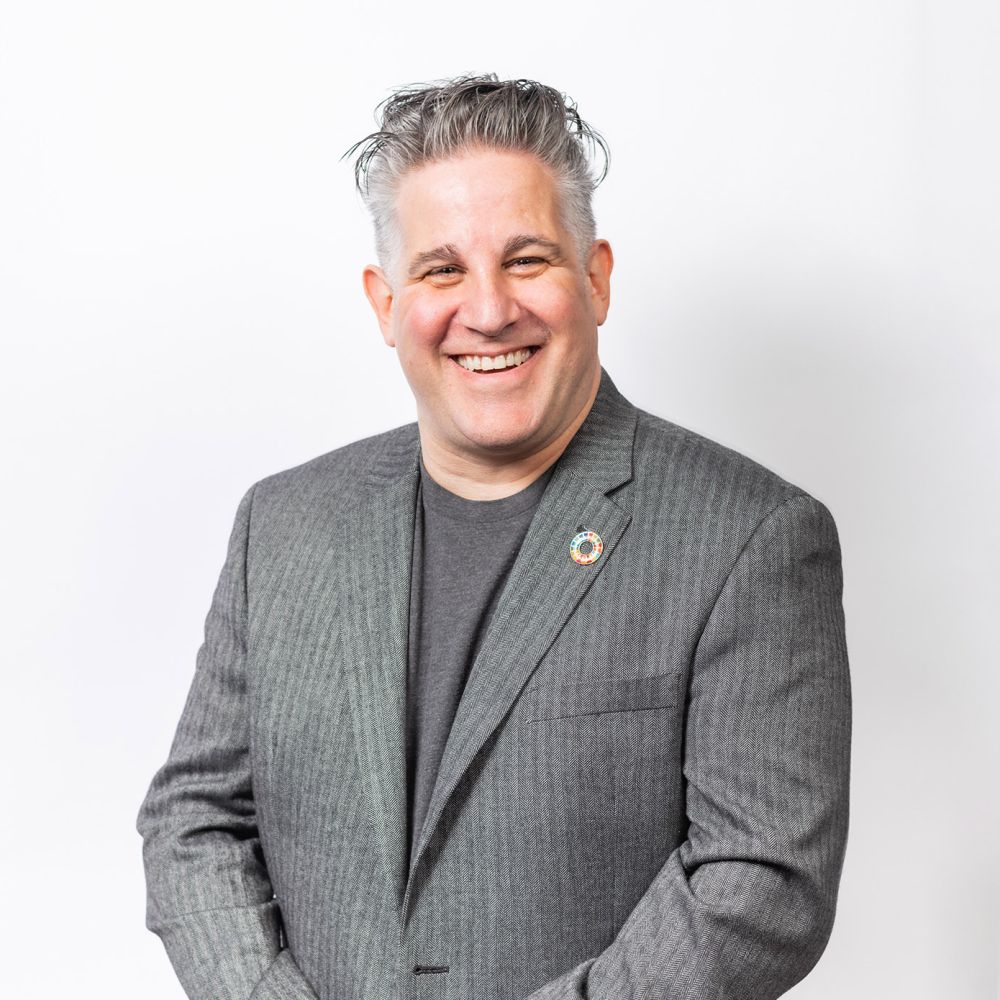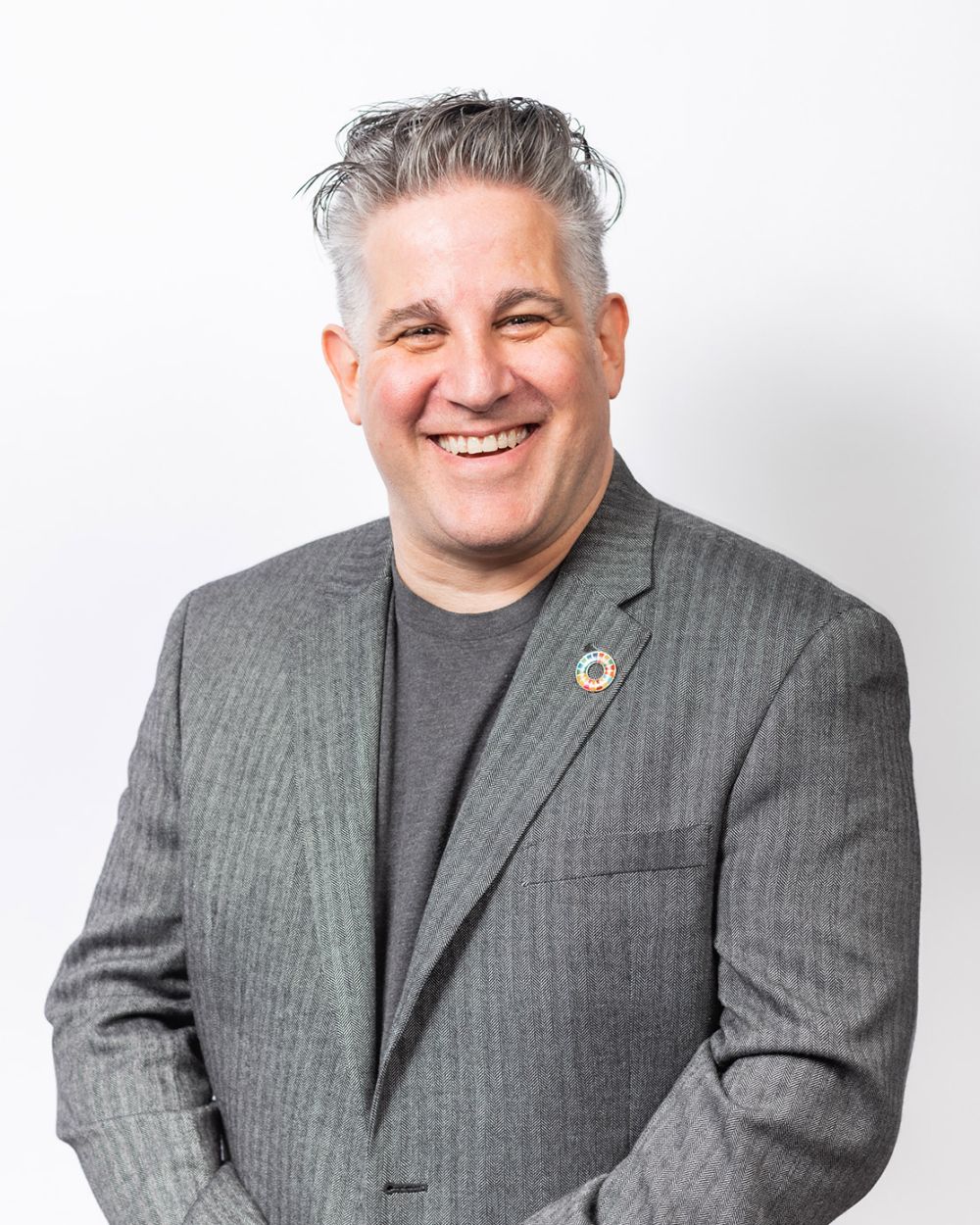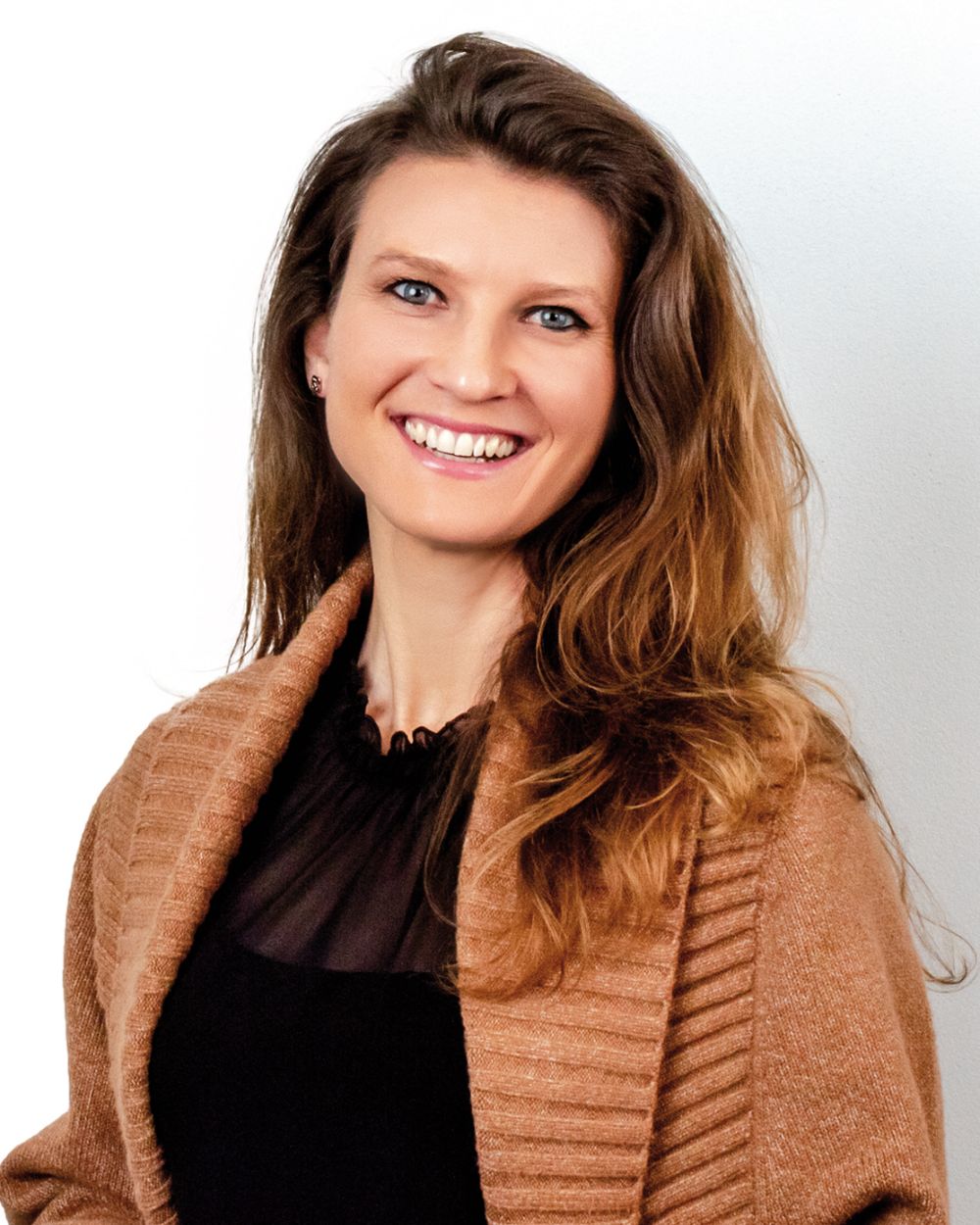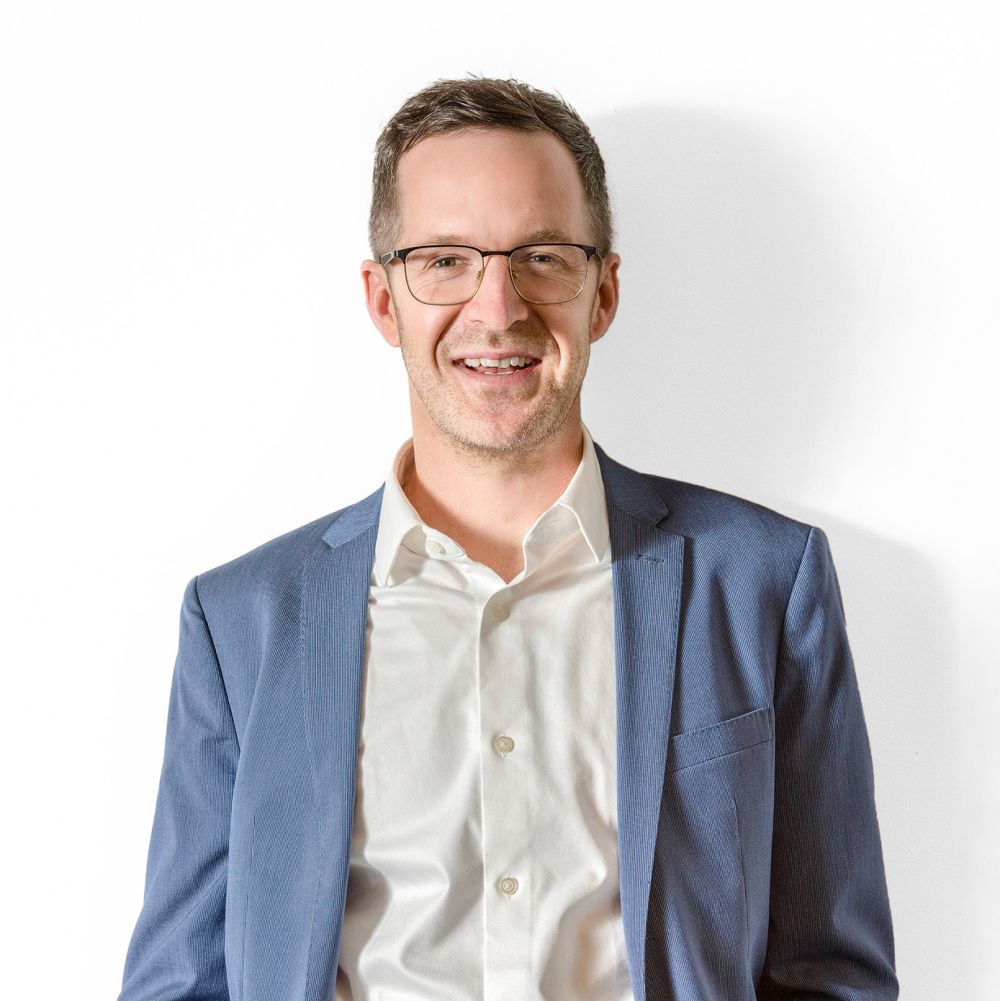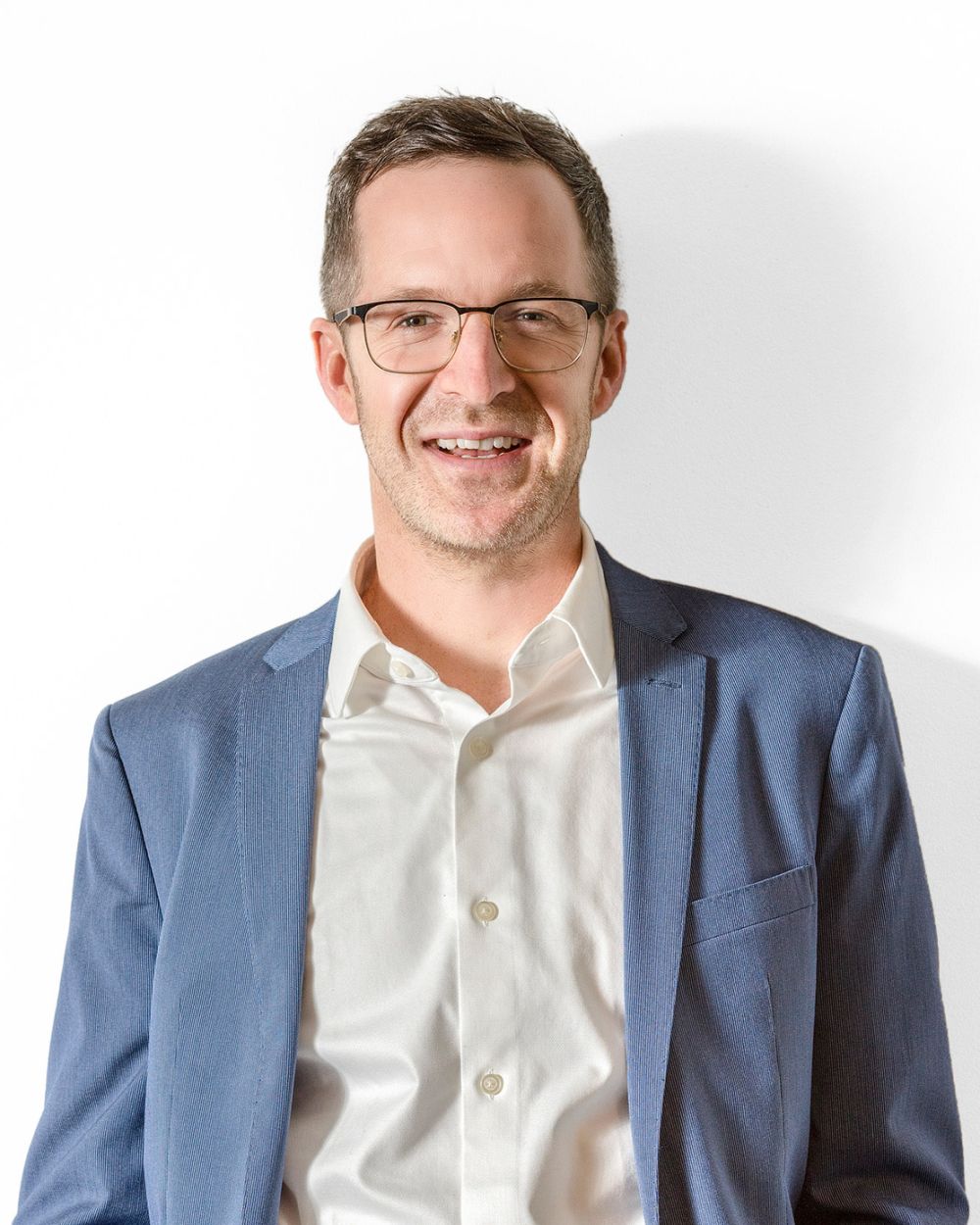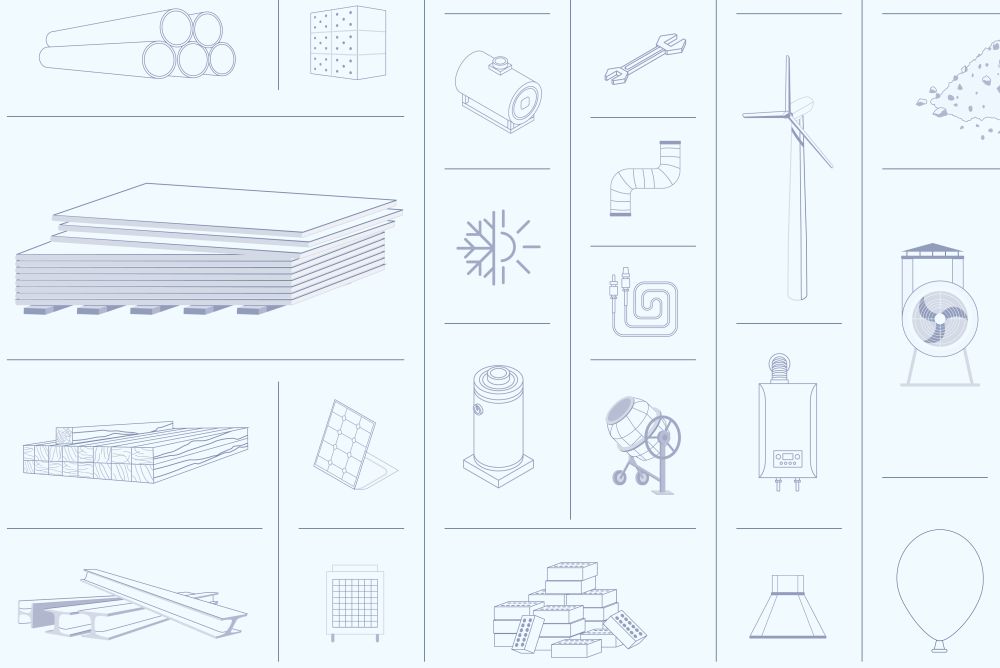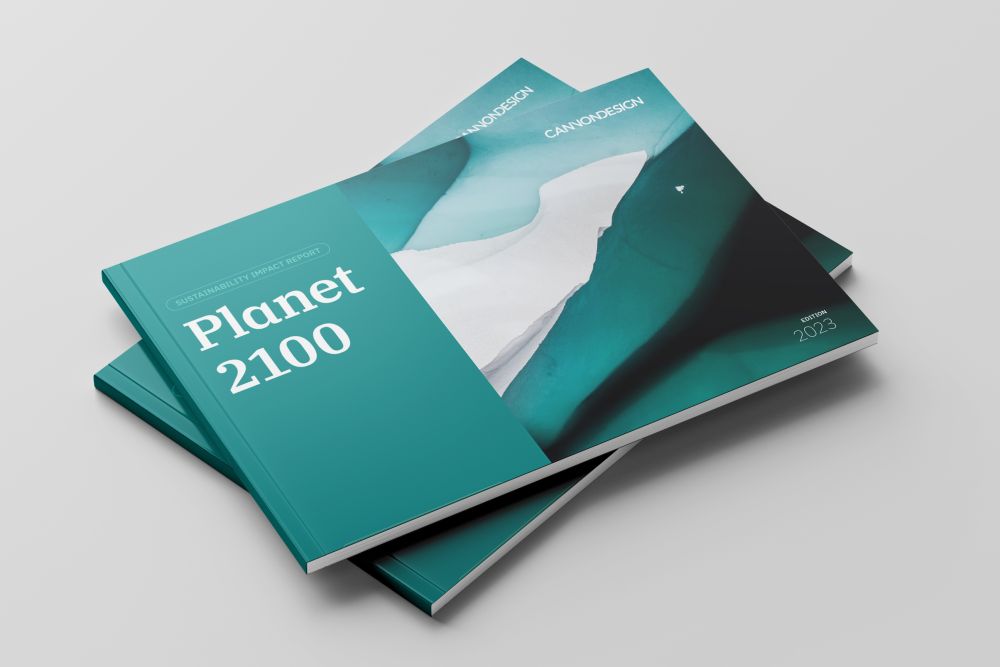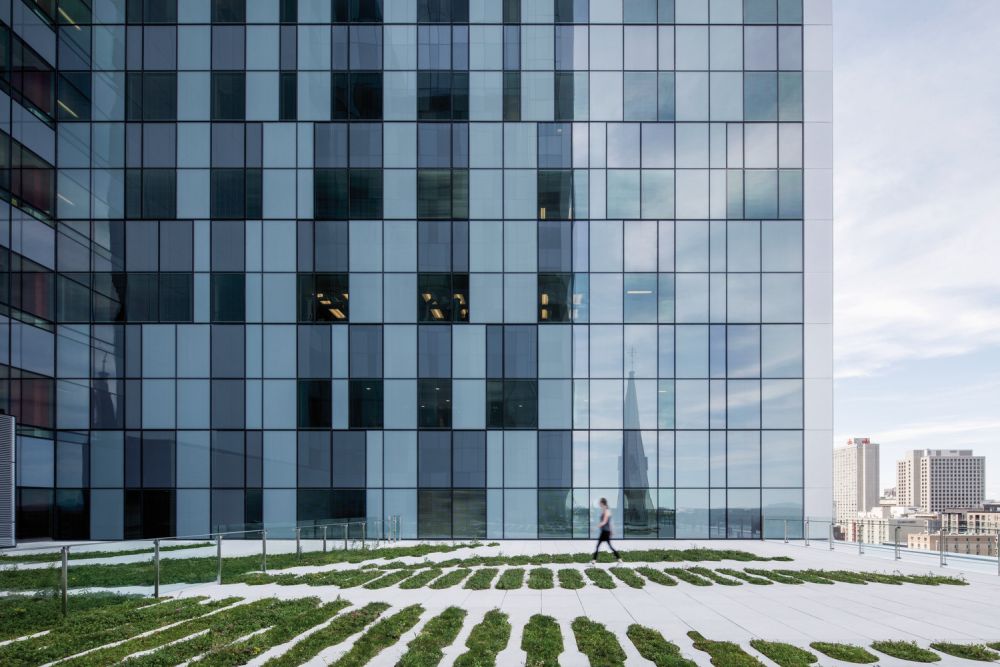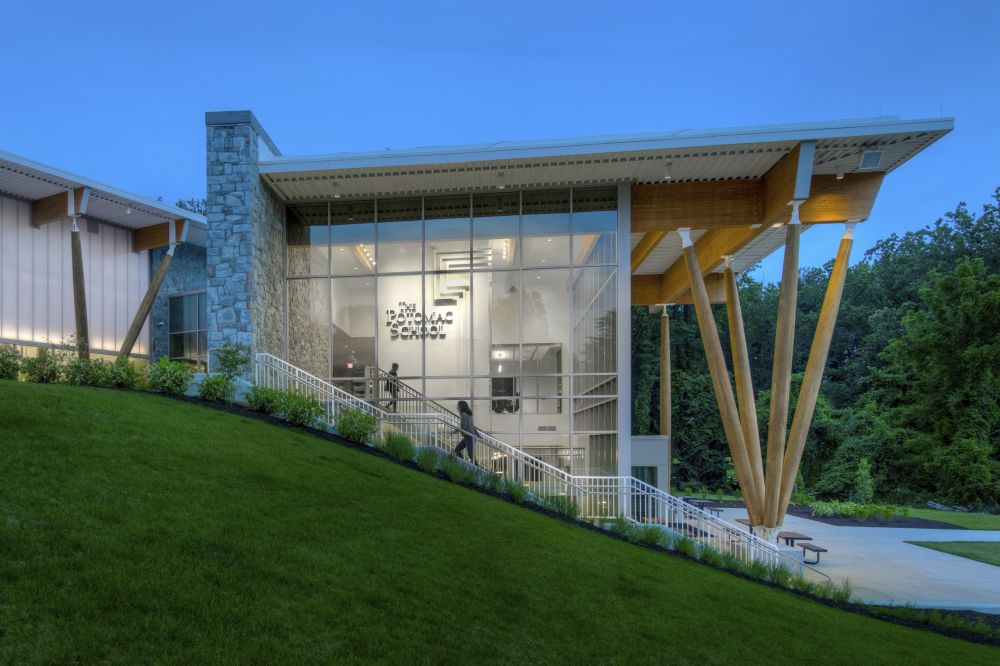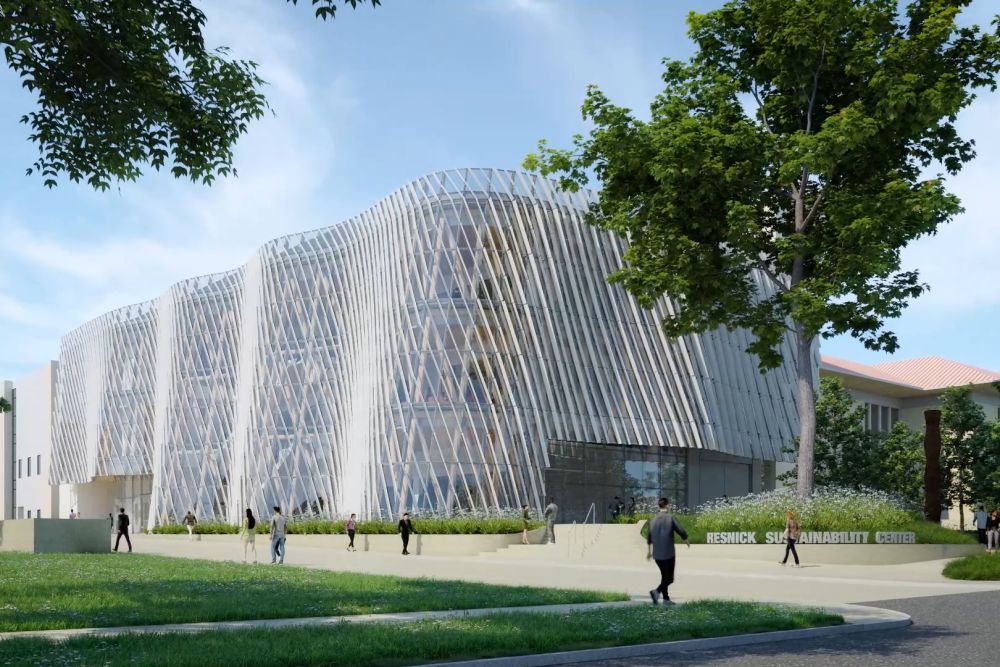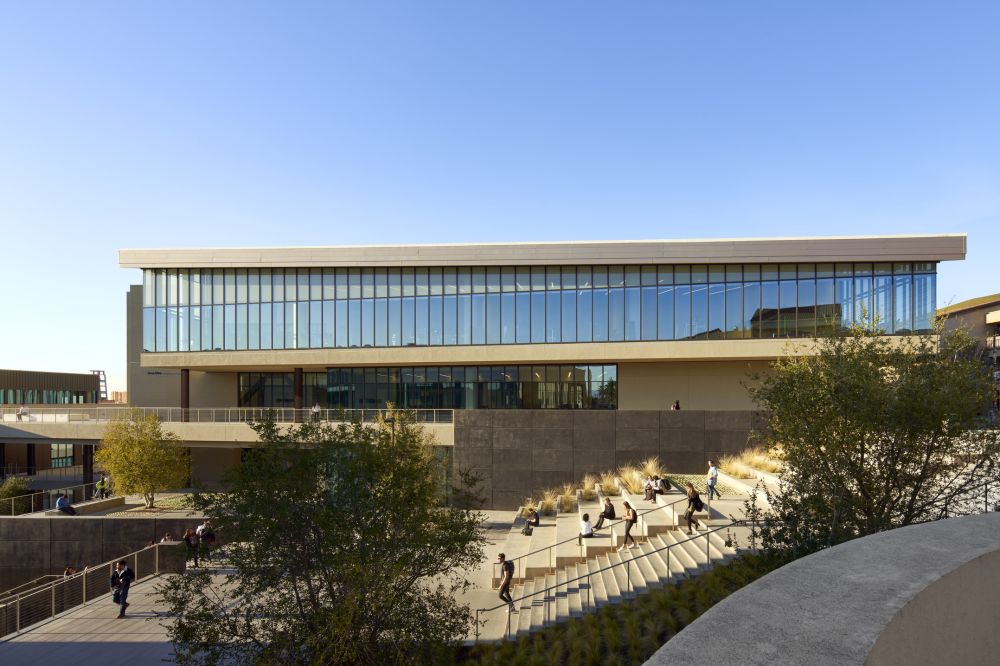Planet 2100
A regenerative world
Every day, incredible people and ideas emerge to tackle the threat of climate change, inspiring us to think big and act boldly in our commitment to a regenerative planet.
We're rethinking systems, materials, climate action, the circular economy and more. Our teams and clients are creating solutions that push beyond net zero to carbon positive. It’s not just about reimagining, but reWILDing. Buildings, materials, processes, operations and more — how can we optimize each and every one to draw down emissions?
The possibilities are boundless, and the imperative is clear: we must seize these opportunities to safeguard a regenerative world for generations to come.
Explore the ideas, people and projects pushing regenerative design forward across our firm.
Testimonials
Regenerative futures matter
60%
According to data from the Food and Agriculture Organization, by 2050 we will need to produce 60% more food to feed a world population near 9.3 billion.
The MU East Campus Plant Growth Facility is conducting plant research that catalyzes solutions for hunger, drought and other related challenges.
150+
More than 150 coal plants have been retired in the U.S. with an estimated 240 still active. This is good news for the environment, but we need give these facilities sustainable new uses.
Bloomberg recently profiled the stunning afterlife of retired coal plants and included our St. Louis Power House in the feature article.
42%
The Inflation Reduction Act is set to cut carbon emissions by about 1 billion metric tons by 2030, driving down emissions by about 42 percent from 2005 levels.
Cortex Innovation Community is leading the way in carbon reduction with its courageous sustainability action plan.
Our commitments
We proudly advocate for climate action and setting new standards and goals for reaching net zero emissions. In addition to making the AIA 2030 commitment, we're boldly pledging to decarbonize the built environment across numerous measures.
